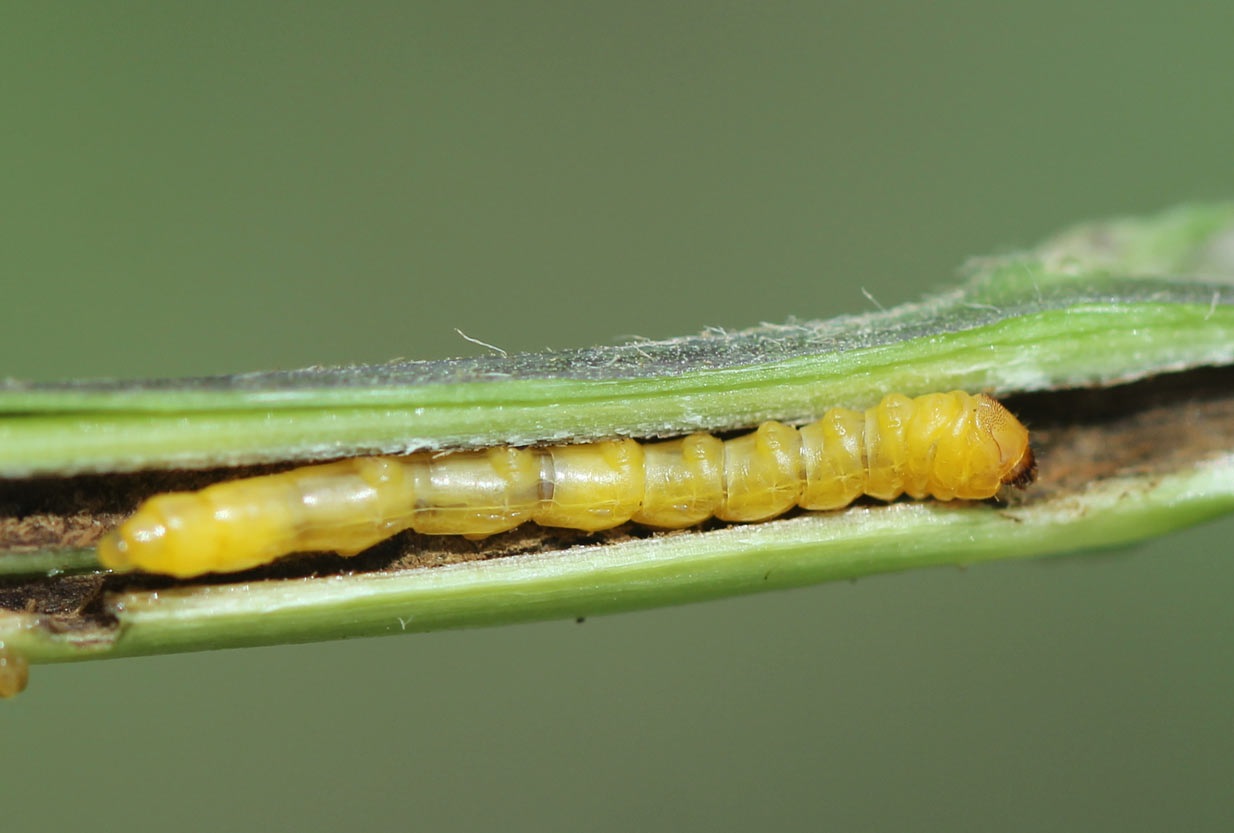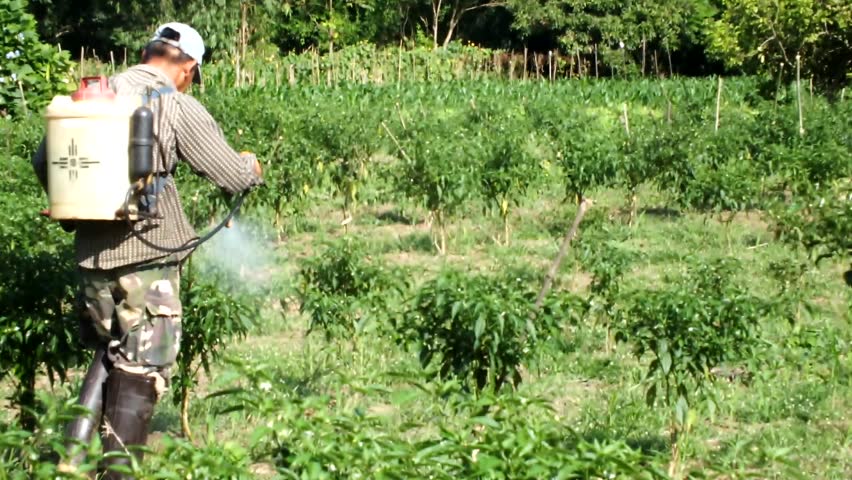The weather is changing all over the country, it is raining in many states, and there is still a wait for rain somewhere. In such a situation, the Meteorological Department is expecting that heavy rain may occur in many areas of the country in the next few days.
According to the Meteorological Department, Monsoon will remain active and light rain will take place in the next few days in Uttar Pradesh, Bihar, West Bengal, North-Eastern Madhya Pradesh, Sikkim, Assam, Meghalaya, and Arunachal Pradesh.
Apart from this, light rains may also occur over East Rajasthan, Delhi, Haryana, Telangana, and Interior Karnataka as per the Meteorological Department, and heavy rain is expected in Andaman, Nicobar Islands, and Tamil Nadu.
It is worth noting that there has been torrential rains in many areas of Kerala in the last 24 hours as well as light rain at many places in Haryana, Punjab, Uttarakhand, Uttar Pradesh, Southwestern, and North Madhya Pradesh, West Bengal, Assam, Meghalaya, and Arunachal Pradesh. Heavy to very heavy rainfall occurred in some parts with moderate rainfall.
Source: Krishi Jagran
Share









